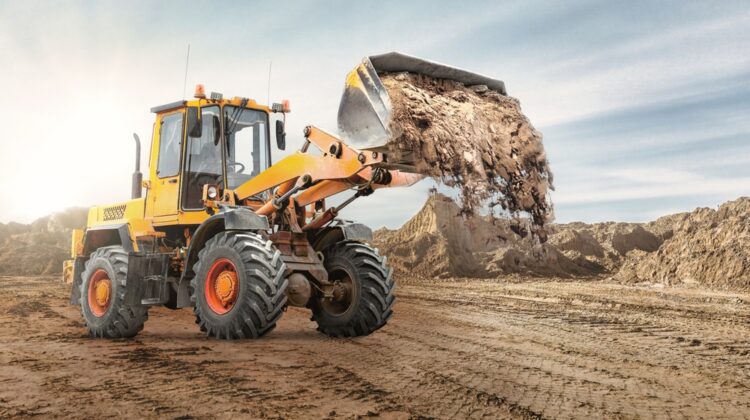
Natural Ventilation: Fresh Air for Sustainable Buildings
Natural Ventilation: Fresh Air for Sustainable Buildings
As sustainable construction becomes a global priority, one design strategy stands out for its simplicity and effectiveness — natural ventilation. This approach uses natural forces like wind and temperature differences to circulate air inside buildings, improving comfort and reducing energy consumption.
By relying less on mechanical cooling systems, natural not only cuts electricity bills but also enhances indoor air quality, promoting healthier and more sustainable living environments.
What Is Natural Ventilation?
Natural ventilation refers to the process of supplying and removing air from indoor spaces using natural forces such as wind pressure and thermal buoyancy. Unlike air conditioning systems, it doesn’t rely on electrical power — making it energy-efficient and eco-friendly.
A well-designed natural system ensures a constant flow of fresh air, helping to maintain ideal temperature and humidity levels. It’s a cornerstone of passive design, which aims to optimize building performance using natural elements.
Types of Natural Ventilation Systems
Different architectural strategies can achieve effective natural depending on a building’s design, orientation, and location. The main types include:
1. Cross Ventilation
This method uses openings on opposite sides of a space, allowing air to flow through naturally. It’s ideal for homes and offices in tropical climates, promoting continuous airflow.
2. Stack Ventilation
Also known as the chimney effect, this system relies on warm air rising and escaping through high-level openings while cooler air enters through lower openings. It’s perfect for multi-story buildings.
3. Single-Sided Ventilation
When cross ventilation isn’t possible, this approach uses windows or vents on one side of the building. Though less effective, it still allows partial air exchange.
4. Atrium Ventilation
Atriums act as natural lungs of a building, drawing hot air upwards and letting fresh air circulate throughout the structure.
Benefits of Natural Ventilation
Implementing natural offers a wide range of environmental, health, and economic advantages:
-
Energy Efficiency: Reduces dependence on mechanical cooling and ventilation systems.
-
Improved Indoor Air Quality: Regular airflow removes indoor pollutants and humidity.
-
Lower Carbon Footprint: Less electricity use means fewer greenhouse gas emissions.
-
Enhanced Comfort: Maintains natural airflow and thermal balance for occupants.
-
Cost Savings: Cuts long-term operational costs associated with HVAC systems.
By using natural ventilation, buildings can achieve better sustainability and potentially qualify for LEED certification and other green building standards.
Design Principles for Effective Natural Ventilation
For natural ventilation to work effectively, architects and engineers must consider several design aspects during the planning stage:
1. Building Orientation
Positioning the building to capture prevailing wind directions enhances airflow and improves energy efficiency.
2. Window and Vent Placement
Windows, vents, and louvers must be strategically placed at varying heights to encourage proper air movement.
3. Passive Design Integration
Combining natural with thermal insulation, green materials, and solar shading improves overall building performance.
4. Smart Building Technology
Modern systems use sensors and automation to adjust openings and optimize airflow, ensuring comfort throughout the day.

Natural Ventilation in India’s Climate
India’s diverse climate makes natural ventilation an essential component of sustainable architecture. In hot and humid regions, it helps reduce heat buildup, while in dry zones, it supports cooler interiors without heavy reliance on air conditioning.
Traditional Indian architecture — from Rajasthani havelis to South Indian courtyard homes — has long embraced natural ventilation through jalis (lattice screens), courtyards, and open corridors. Modern architects are reviving these techniques with advanced eco-friendly design methods.
To learn more about India’s green architecture standards, visit the Indian Green Building Council (IGBC), which promotes sustainable and climate-responsive construction practices.
Implementing Natural Ventilation in Modern Buildings
If you’re planning a new project or renovating an existing one, here’s how to incorporate natural ventilation effectively:
-
Analyze Climate Data: Understand local wind patterns and humidity levels.
-
Design for Airflow: Align building openings with wind direction for maximum effect.
-
Use Courtyards and Green Roofs: These features support airflow and reduce heat gain.
-
Select Green Materials: Use low-VOC paints and breathable wall materials to maintain healthy air.
-
Integrate Smart Systems: Combine natural with smart building technology for adaptive comfort.
For expert consultation on integrating natural into your sustainable building project, contact AMS India. Their team specializes in designing energy-efficient, climate-responsive structures that prioritize occupant health and sustainability.
The Future of Natural Ventilation
With rising energy costs and growing environmental concerns, natural is making a strong comeback in modern architecture. When combined with passive design and renewable technologies, it can significantly reduce a building’s environmental impact while improving indoor comfort.
In the future, natural will be a fundamental part of urban sustainability, helping cities become greener, healthier, and more resilient.
Conclusion
Natural ventilation is one of the simplest yet most powerful tools for creating sustainable, comfortable, and cost-efficient buildings. It blends traditional wisdom with modern innovation — proving that sometimes, nature offers the best solutions.
By embracing natural ventilation, we can design spaces that breathe freely, support well-being, and contribute to a cleaner, greener planet.
Read more related articles to enhance your knowledge and make informed decisions
Cost-Effective Modular Construction: Fast, and Sustainable Building Solutions
Smart Modular Buildings: Innovative, Efficient, and Sustainable Construction








